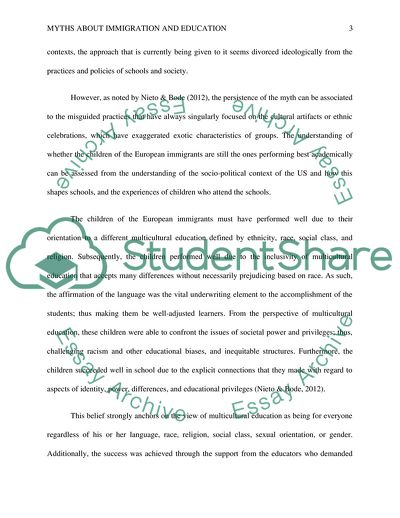Cite this document
(Myths about Immigration and Education Literature review Example | Topics and Well Written Essays - 1250 words, n.d.)
Myths about Immigration and Education Literature review Example | Topics and Well Written Essays - 1250 words. https://studentshare.org/sociology/1846836-myths-about-immigration-and-education
Myths about Immigration and Education Literature review Example | Topics and Well Written Essays - 1250 words. https://studentshare.org/sociology/1846836-myths-about-immigration-and-education
(Myths about Immigration and Education Literature Review Example | Topics and Well Written Essays - 1250 Words)
Myths about Immigration and Education Literature Review Example | Topics and Well Written Essays - 1250 Words. https://studentshare.org/sociology/1846836-myths-about-immigration-and-education.
Myths about Immigration and Education Literature Review Example | Topics and Well Written Essays - 1250 Words. https://studentshare.org/sociology/1846836-myths-about-immigration-and-education.
“Myths about Immigration and Education Literature Review Example | Topics and Well Written Essays - 1250 Words”. https://studentshare.org/sociology/1846836-myths-about-immigration-and-education.


